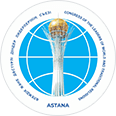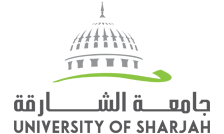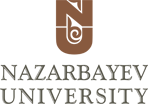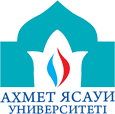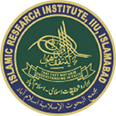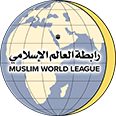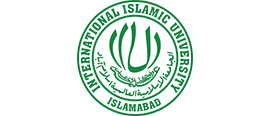The figurative structure of the exhibition exposition of the hall reflects the ideas and information that the Kazakh land has long been a territory of diverse and long-term contacts of various peoples and civilizations, colossal cultural innovations of the Eurasian scale.
The culture of the Kazakh steppe has the deepest historical tradition. The territory of ancient and medieval Kazakhstan, thanks to the Great Silk Road that ran along it, was the center of peaceful interaction of various religions, including world ones.
The following museum items are exhibited in the hall: ritual musical instruments, religious clothes of different faiths, sacred books of different religions, etc.
The tour begins with the first exposition showcase where religious Muslim clothing (shapan with a skullcap) is exhibited.
The skullcap is an ancient national men's headdress, which is of great importance in Islam. The word “tubeteika” comes from the Turkic “tube” – which means top. This headdress is an ornament and an integral part of the male religious costume.
The ancient Turks wore a certain style of skullcap, which not only covered the top of the head, but also covered the forehead to the eyebrows. According to the beliefs of that time, the headdress protected from the influence of negative energy.
Some types of clothing today are associated with adherents of a particular religion. One of these attributes is the skullcap, which is worn by many Muslims when visiting the mosque, as well as in everyday life.
Despite the fact that each nation has its own headdress design, the purpose of the skullcap is the same for all the faithful.
In the modern world, religion is greatly influenced by local national customs and traditions, which, in turn, has led to some differences in spiritual practice, worship, performance of religious rites, and views on Islamic canons among different peoples. As a result, it became difficult to draw the line between a religion and a national segment.
Various Turkic peoples have their own name for the national headdress. The Muslims of Russia, most of whom are Tatars, have a headdress called a skullcap. On the territory of Uzbekistan, it is also called a skullcap, but there are also their own names - “duppi” and “kalpok”. In Tajikistan, they are called tuppi (in the north of the country) and tokki (in the south). In Kazakhstan, the name “takya” is common, and in Turkmenistan – “takhya”.
In ancient times, skullcaps could be used to determine the social status of its owner and the person's belonging to certain strata of society. A headdress embroidered with gold threads indicated that the owner of such a skullcap was of aristocratic origin.
The pattern embroidered on the skullcap carries a lot of information about the Muslim. According to the ornament, shape and color scheme present on the Muslim headdress, one can determine from what area a person is from, his status, as well as the approximate age of the man (the skullcap of a young man is of brighter shades).
Skullcaps of various types have come down to us, including round and square, spherical and pointed, low and high. Moreover, they were embroidered with various patterns and colors of threads. This depended on many factors that were paid much attention in pre-revolutionary times - it was forbidden to wear a headdress that did not correspond to your family and financial status, origin, occupation, etc.
In addition, the Muslim headdress performed a kind of function of protection from dark forces. According to beliefs, the skullcap protects a person from the evil eye, damage and witchcraft. For this reason, it was forbidden to wear someone else's skullcap, as people believed that with a headdress a person could pass his fate. This was especially true of the skullcaps of the dead.
Nowadays, the skullcap is also very popular among various segments of the population, and not only among the Turks. Some prefer it to other headdresses. Some wear skullcaps exclusively for going to the mosque on Fridays and holidays.
Skullcap
Dark blue, embroidered with yellow, blue, orange threads.
Material: velvet, threads.
Technique: machine embroidery.
Size: 13 cm; d-18 cm.

